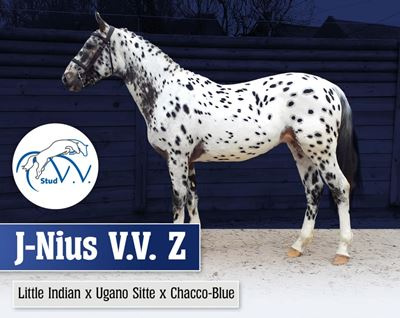I think there was some confusion around “he” and “sire” LOL Yes, it’s weird the sire of the OP foal is listed as gray - that has to be a typo, or a phenotype thing, because there’s no gray in his immediate pedigree, so he can’t be gray
yes, 3 different alleles, so all can coexist. But J-Nuis isn’t gray.
The foal has to have some PATN as well as LP, or he wouldn’t have that small blanket.
PATN on its own doesn’t do anything.
LP on its own only cause varnishing, and can produce some characteristics like the white scelera, skin mottling, and stripped hooves, but can’t produce any white pattern
It takes LP/? + PATN/? to cause white spotting
That said, LP on its own can cause varnishing to start in a way that starts looking like some few-spot pattern, but not in a young foal, and the small blanket on this foal is obvious spotting, rather than varnishing



 It wouldn’t surprise me if the foal just has LP (Leopard Complex) and varnishes. All the flashy ones seem to.
It wouldn’t surprise me if the foal just has LP (Leopard Complex) and varnishes. All the flashy ones seem to.